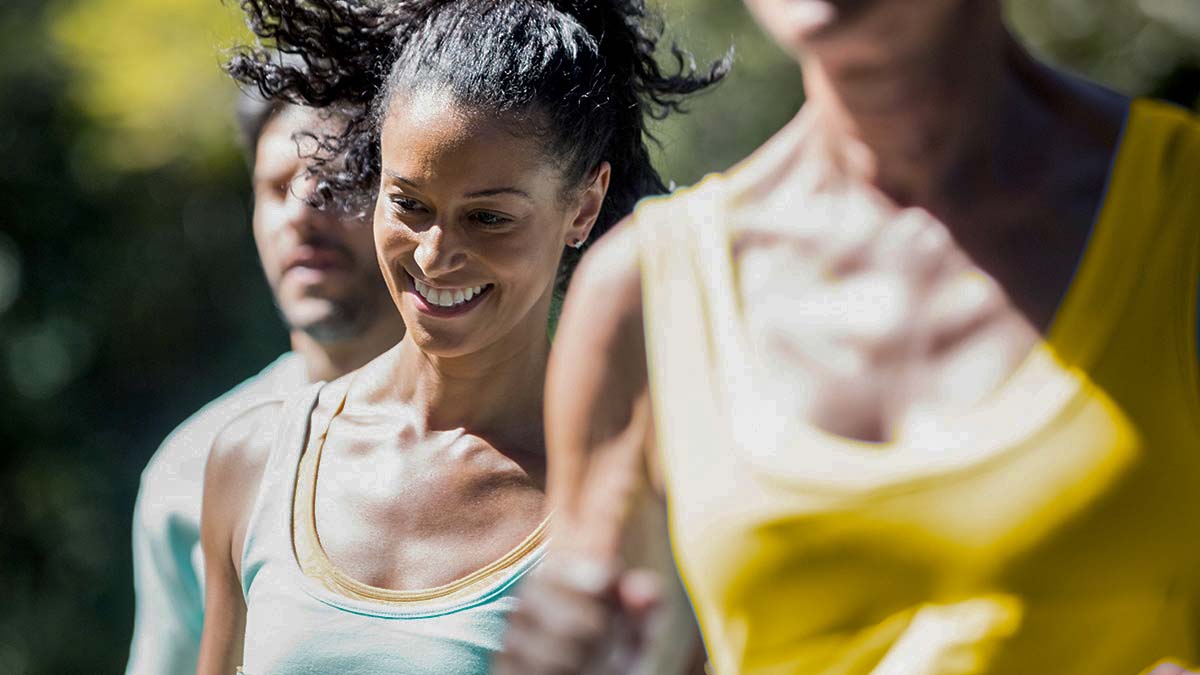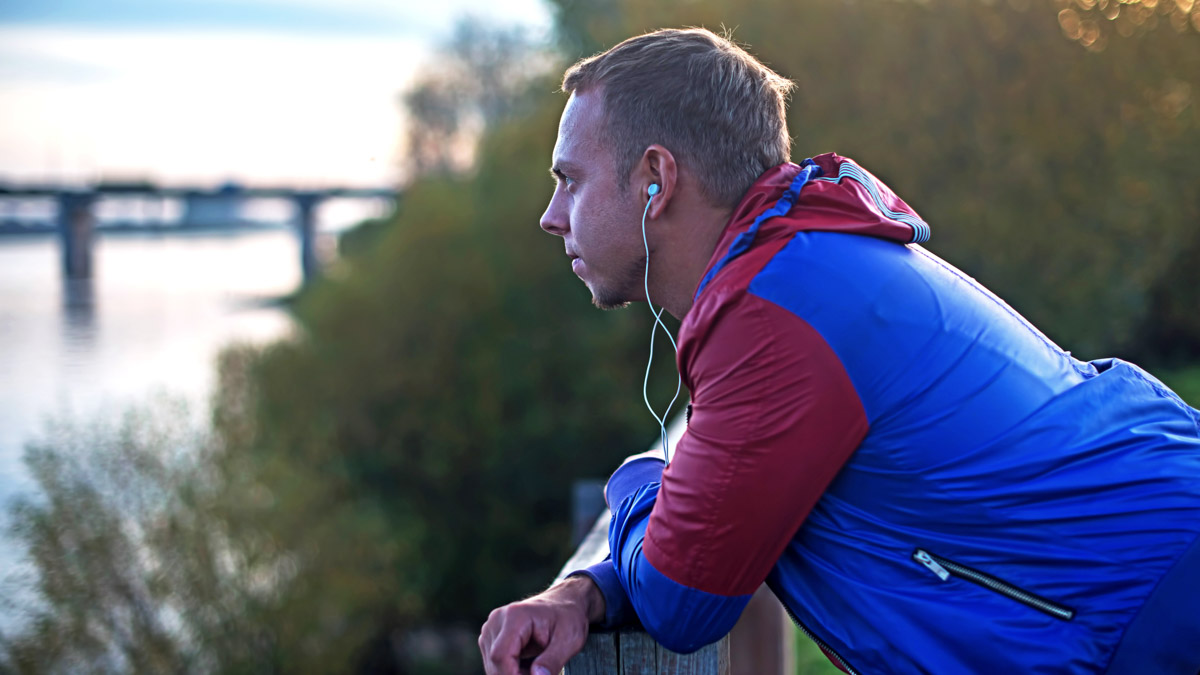Whether we like it or not, injury is part of life for many athletes. Although injury is a risk you accept when you choose to pursue athletic endeavors, there are certain things you can do to mitigate that risk.
You probably know that proper nutrition, hydration, and strength training all play important roles in injury prevention — but there is a significant factor that often gets left out of the injury conversation: stress. Injury prevention studies show that if you are experiencing high levels of negative life stress or have strong stress responsivity (meaning you get stressed out easily), then you’re at an increased risk of sustaining an injury.
One of the main reasons for this increased risk of injury is that stress causes a cascade of psychological and attentional changes, including:
- narrowing of peripheral vision
- becoming easily distracted
- inability to make quick decisions
- not attending to task-relevant cues
- increased muscular tension
- decreased coordination
- decreased balance
- increased fatigue
You can see how experiencing any of the symptoms might lead to injury, especially when you throw an unpredictable factor like competition into the equation. Luckily, not all stressors have to cause a stress response — in most cases, you’ll only experience the debilitating symptoms above if you feel that you aren’t capable of handling the challenge in front of you. If you have the resources, support, and coping skills to face challenging life situations without feeling stressed, you can significantly reduce your risk of injury.
If you’re serious about avoiding injury, it’s time to think about the psychological factors that can increase (or decrease) your stress response. To help frame your injury prevention strategy, consider the three R’s (Recovery, Relationships, and Resilience) the next time you’re feeling stressed out.
1. Prioritize Your Recovery
If you are experiencing high levels of negative life stress, the best thing for your training plan might be to back off. If you can’t remove yourself from physical activity, you need to seriously consider deliberately increasing activities that reduce your stress response. The following is a list of evidence-based activities that can reduce stress reactivity. During times of increased life stress, choose to do at least two of these stress-balancing activities daily:
- Take more naps
- Listen to music
- Get out in nature
- Laugh out loud
- Get a massage
- Cultivate gratitude
- Help someone in need
- Mindfulness meditation (check out apps like Headspace and Insight Timer)
2. Spend Time With Others
Go spend some time with your favorite people. Research indicates that time spent with others has a buffering effect on the stressors of life. Whether you’re getting together over coffee, grabbing a beer, or heading out for a run or ride, being proactive about building your support system is one of the most important things you can do to manage stress. You can also get support from your fellow injured athletes by joining communities (like The Injured Athletes Club) on social media or offline.
3. Build Resilience by Reframing Your Mindset
Resilience, or “hardiness,” is a personality trait comprised of three factors: commitment, control, and challenge. Athletes who are high in hardiness are less likely to become injured due to negative life stressors and are more likely to have positive outcomes if they do get injured. Boost your hardiness quotient by focusing on:
- The ability to persevere and see things through to the end (commitment).
- Understanding certain things are out of your control, taking action where you can, and not succumbing to hopelessness (control).
- Seeing stressors and setbacks as normal, ongoing parts of life and viewing them as opportunities for growth (challenge).
You can’t prevent all injuries, but you can increase your odds of not getting injured when you strengthen both your body and your mind. We often leave the mental and emotional pieces of sports performance up to chance, but harnessing the power of these skills decreases your risk of injury when life inevitably gets stressful.
References:
Ivarsson, A., et al. (2017, February). Psychological factors and sport injuries: Meta-analyses for prediction and prevention. Retrieved from https://pubmed.ncbi.nlm.nih.gov/27406221/
Maddison, R., & Prapavessis, H. (2005, September). A psychological approach to the prediction and prevention of athletic injury. Retrieved from https://www.researchgate.net/publication/285976453_A_Psychological_Approach_to_the_Prediction_and_Prevention_of_Athletic_Injury
Wadey, R., Evans, L., Hanton, S., & Neil, R. (2012, November). An examination of hardiness throughout the sport injury process. Retrieved from https://pubmed.ncbi.nlm.nih.gov/22882477/








